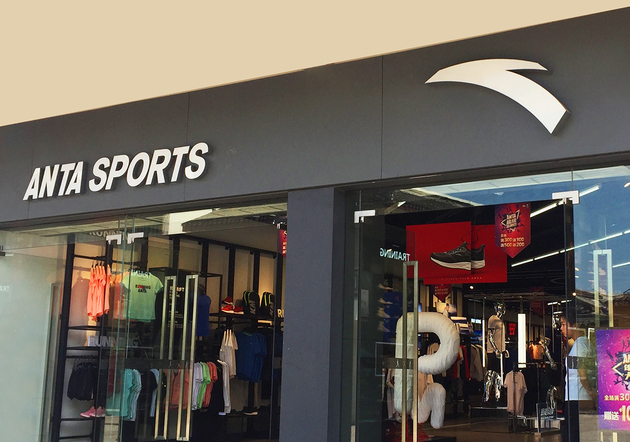
Photo/NBD
Aug.22 (NBD) -- Chinese Olympic icon Sun Yang earned his 3rd individual gold medal at the 2018 Asian Games Tuesday night in Jakarta, Indonesia. However, Sun was not wearing the Chinese national team podium uniform, but his own personal sponsor’s outfit instead, which angered the swimming team’s sponsor ANTA Sports Products Ltd (Anta, 02020.HK) and caused a stir on the social media.
What's behind is the fierce competition among sports brands.
Anta, Li Ning Company Limited (Li Ning, 02331.HK), 361 Degrees International Ltd (361 Degrees, 01361.HK) and XTEP INT'L (XTEP, 01368.HK) are major sports brands in China.
Anta became an official partner of Chinese Olympic Committee for the first time in 2009 and renewed contracts with the committee in later years to provide services to Chinese athletics, such as uniforms.
361 Degrees, too, has been expanding its footprints. In 2008, it became a senior partner of the 16th Asia Games. In later years, it has formed partnerships with other sports games. As of the end of 2017, 361 Degrees has 1,241 outlets in Brazil, 1,030 in the United States and 378 in Europe.
Li Ning paid 2 billion yuan (293.0 million U.S. dollars) for a five-year sponsorship for CBA in 2012, which helped the clothing brand turn a profit in 2015.
XTEP, however, seemed to have broken a new path for marketing. It stopped sponsoring large-scale entertainment events in 2015 and shifted its focus to running events. In 2017 alone, it sponsored 40 marathon races and was recognized by the China Athletics Association as one of the association's partners.
Anta has kept two-digit growth for five mid-year results. The company grossed 10.55 billion yuan (1.5 billion U.S. dollars) in revenue in the first half of 2018, up 44.1 percent year on year, according to the company's newly released mid-year financial result on August 14. It's noted that the advertising and marketing cost took up 11.7 percent of revenue, up 2.4 percentage year on year.
However, high expenses on advertising and marketing compressed the net profit ratio of those sports brands. For example, Anta and Li Ning reaped 16.69 billion yuan (2.4 billion U.S. dollars) and 8.87 billion yuan (1.3 billion U.S. dollars) in 2017, respectively, yet spent 1.769 billion yuan (259.1 million U.S. dollars) and 980 million yuan (143.5 million U.S. dollars) on advertising and marketing. As a result, despite a gross profit ratio of over 40 percent for both companies, neither of them achieved a net profit ratio of 20 percent.
Critic Ma Gang told NBD that advertising and marketing expenditure usually takes up 10-15 percent of the annual sales of a sportswear company and such cost in return is the display of a company's influence.
Email: tanyuhan@nbd.com.cn


 川公网安备 51019002001991号
川公网安备 51019002001991号





